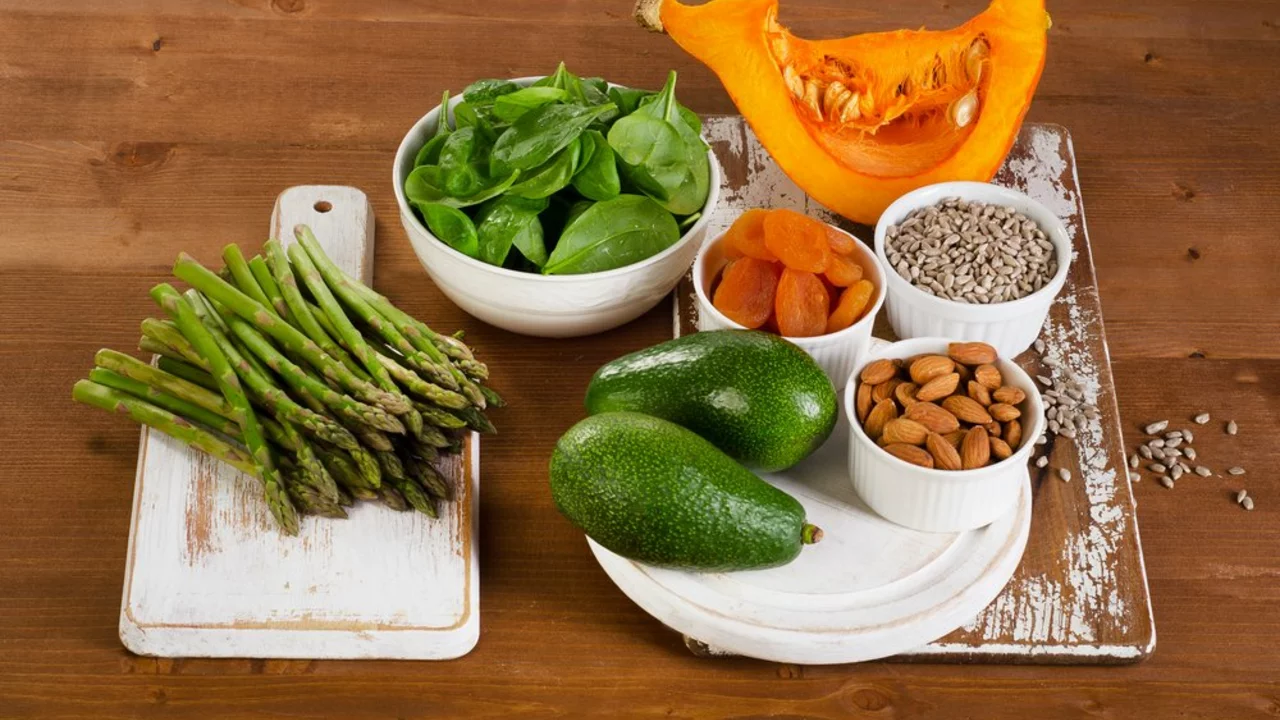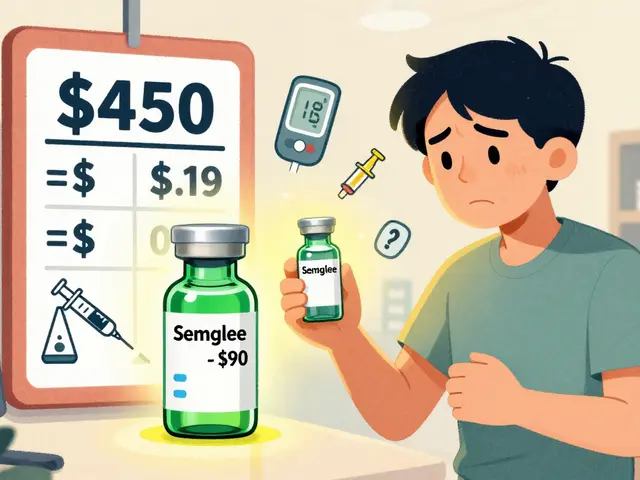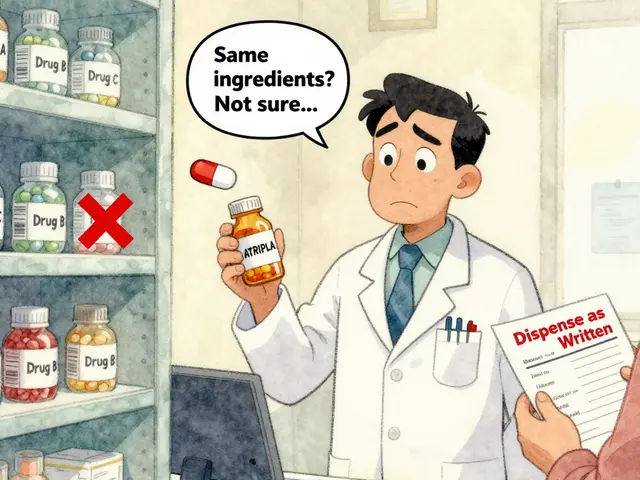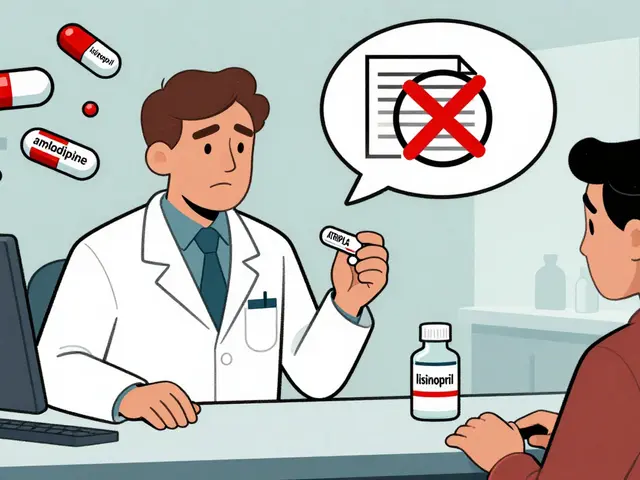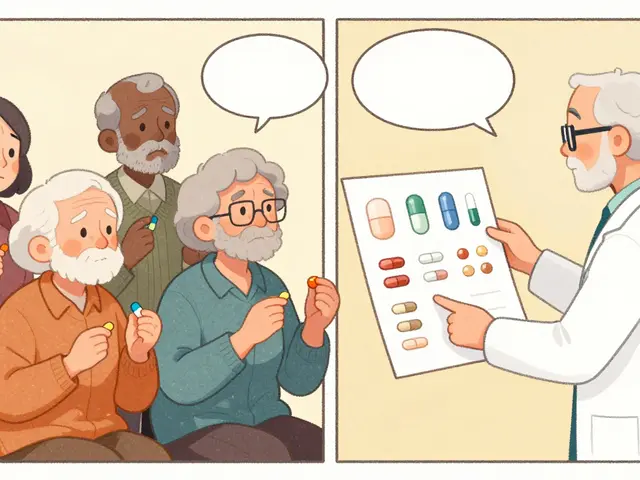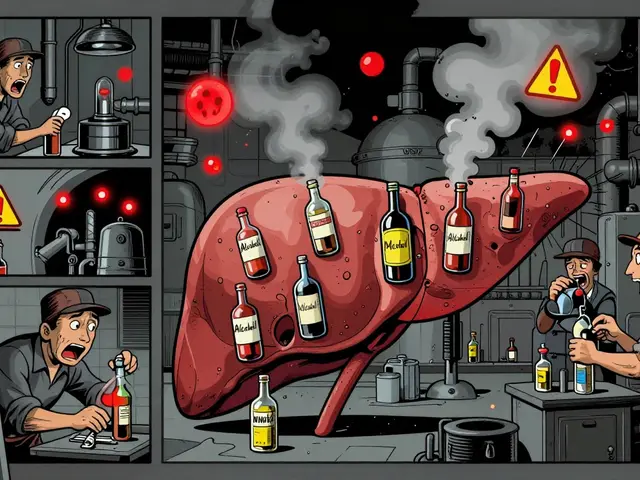Vitamin A – What It Is and Why You Need It
Vitamin A is a fat‑soluble nutrient that helps your eyes see well, keeps skin smooth, and supports the immune system. Think of it as a backstage crew member that makes sure everything runs smoothly, from night vision to wound healing.
If you’re missing enough vitamin A, you might notice blurry vision at dusk, dry skin, or getting sick more often. The good news is most people can meet their needs with everyday foods and, when needed, a simple supplement.
Top Food Sources of Vitamin A
Animal‑based foods contain retinol, the form your body uses directly. Liver, especially beef or chicken liver, tops the list – just a small portion covers the daily need. Eggs and full‑fat dairy also add a decent boost.
Plant foods provide provitamin A carotenoids like beta‑carotene, which your body converts into active vitamin A. Sweet potatoes, carrots, pumpkin, and butternut squash are packed with orange pigments that turn into vitamin A after digestion. Dark leafy greens such as spinach, kale, and collard greens work too, though you need a bit more of them to hit the same numbers.
If you’re not big on cooking, fortified products can help. Many breakfast cereals, plant milks, and margarine are enriched with vitamin A, making it easy to sneak in extra without changing your meals.
How Much Is Enough? Dosage & Safety
The recommended daily allowance (RDA) varies by age and gender. Adult men need about 900 µg RAE (retinol activity equivalents), women around 700 µg, and pregnant or nursing mothers require a bit more. Kids need less – roughly 300‑600 µg depending on their age.
Getting vitamin A from food rarely causes problems because your body regulates absorption. The real risk comes from high‑dose supplements or eating massive amounts of liver every day. Too much vitamin A can lead to nausea, headaches, joint pain, and in extreme cases, liver damage.
If you consider a supplement, stick to one that offers no more than 1,500 µg RAE per dose unless your doctor says otherwise. Always read the label and avoid “mega‑doses” marketed for quick results.
For most folks, a balanced plate with a handful of colorful vegetables, a serving of dairy or eggs, and occasional liver is enough to keep levels healthy.
When you’re unsure whether you’re getting enough, pay attention to your eyes. Struggling to see the board at night or having frequent infections are signs to check your diet. A quick blood test can confirm if you’re low, but that’s usually a last resort.
Bottom line: vitamin A is essential, easy to include in everyday meals, and safe when you stay within normal food portions. Keep an eye on variety, avoid over‑supplementing, and you’ll reap the vision, skin, and immunity benefits without worry.

